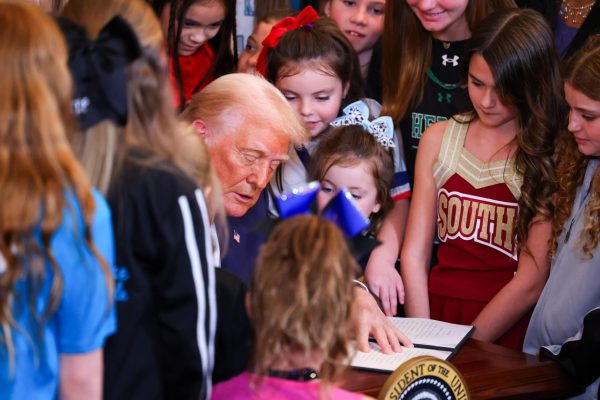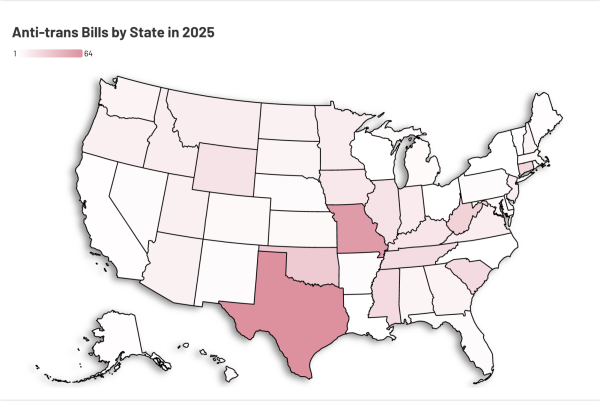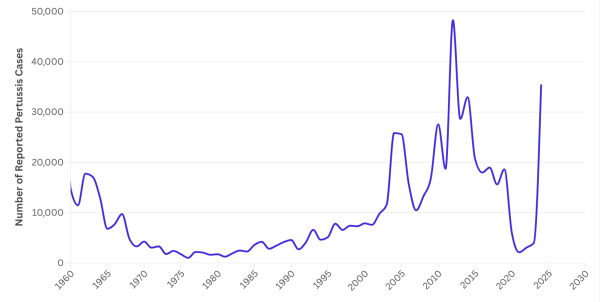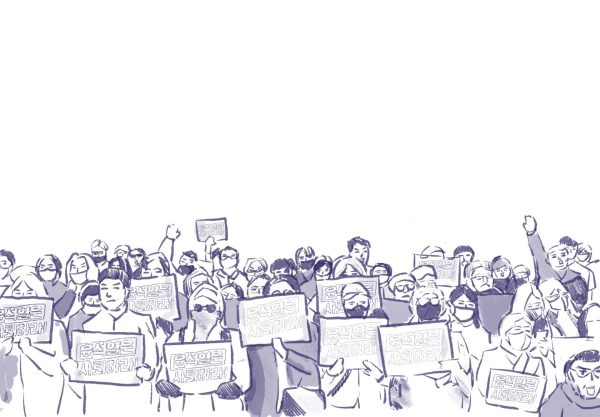Chinese spy balloon causes the U.S. to enhance air patrols
NEWS OF THE CHINESE “spy balloon” have swept media outlets across the country. In an already tense era of Sino-U.S. relations, many analysts have expressed concern about the future of these two geopolitical actors, given the rise in anti-Chinese extremism in the U.S.
A jet flew by a suspected Chinese spy balloon as it floated off the coast in Surfside Beach, South Carolina, in the U.S. on Jan. 28. After it flew over residential areas, President Joe Biden ordered the Pentagon to take down the surveillance balloon. There has been controversy regarding why the Biden administration waited for almost a week to shoot down the balloon. The Defense Department, after evaluating the threat of the balloon, concluded, “we should not shoot it down over land, it was not a serious threat.”
This “spy” balloon has further strained Sino-U.S. relationship as President Joe Biden said to the public that America will not back off. China’s vice Foreign Minister Xie Feng, in response, claimed that the U.S. has overreacted and that the balloon would not harm any U.S. citizens. This incident directly affects the relationship between the two most powerful countries in the world.
Zhu Feng, the Director of the School of International Studies at Nanjing University, said, “The greater the polarization of US politics and US society as a whole, the more politicians will attempt to use the ‘China threat’ theory as a rallying point. This trend has been the main driver behind the growing tensions between Beijing and Washington and will continue to pose the greatest threat to US-China relations in coming years.”
Hamline Law Professor David Schultz commented on a different note, “The conflicts between China and the United States globally, but especially in the south China Sea and Asia have been escalating for quite awhile, this is certainly not going to do anything to lower the temperature. In fact it’s going to make it an even more difficult complex situation going forward.”
After this incident, both Canada and the U.S. became more vigilant in detecting unidentified flying objects. So far, the National Security Council has not discovered any real threats the balloon would cause to civilians on the ground. However, it does intercept the transcontinental air traffic and may cause severe danger to civilian planes. Biden, on Feb. 6, ordered an interagency team to investigate the real purpose of the flying balloon and to strengthen defenses against Chinese espionage. In fact, further in-depth investigation revealed that similar cases had happened multiple times during the Trump administration but the government failed to detect them.
Aidan Meltzer ‘23, a student in the International Relations class, said, “It’s an interesting situation and I think that it kind of shows the areas in which the US government has let down its guard. They are focusing more on far higher altitudes instead of lower to Earth altitudes. So the spy balloon exposes some of the faults within the US Defense Department, but it also becomes a learning opportunity as well. This also offers an opportunity to try to figure out more things on an international relations scale as the US and China continue to solve this problem and communicate with each other both economically and politically.”
Although the balloon is considered as a “spy” balloon, Chinese officials deny the fact that the balloon is used to gather intelligence from other countries and demanded the debris to be returned once collected. They state that the balloon went in the wrong direction and was out of control, so it “accidentally,” instead of “intentionally,” flew over the U.S. territory. Further investigation is still needed to deduce the true purpose behind the surveillance balloonr












